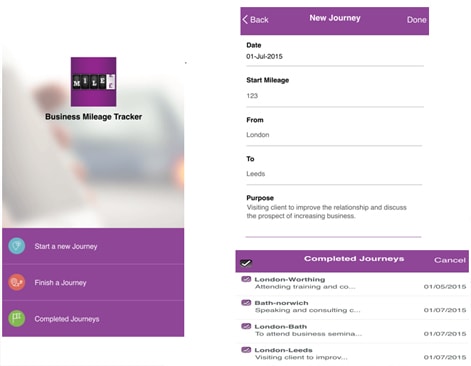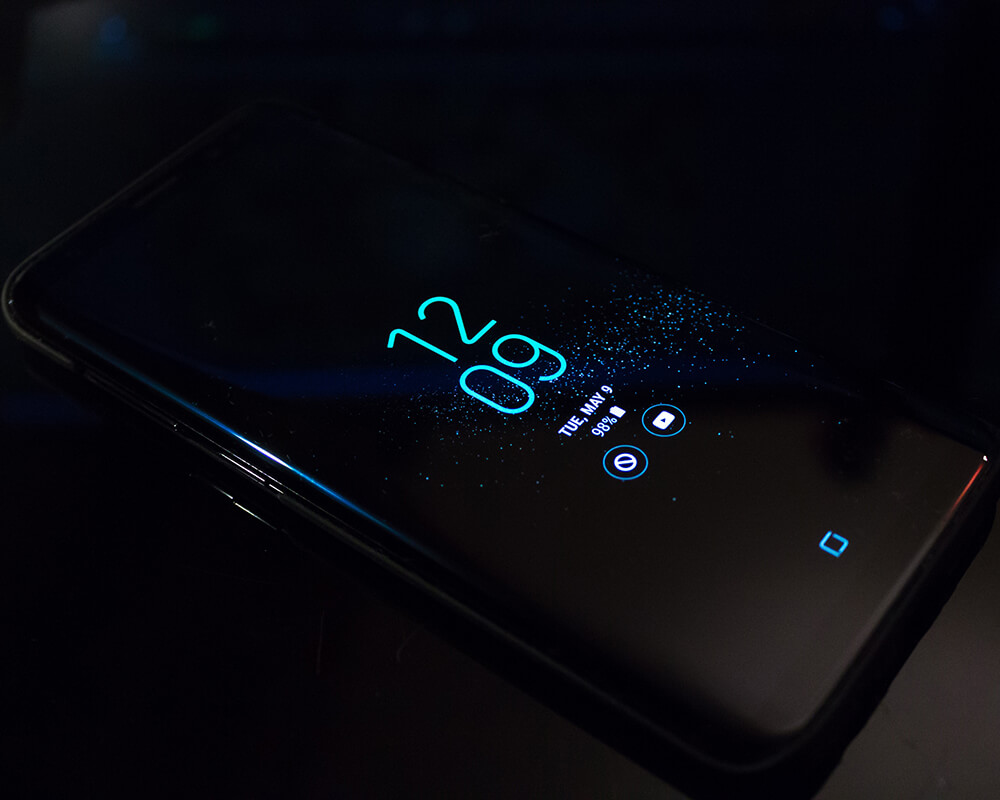July 21, 2015 By: Rahul Samaddar
Hello readers This is my first blog post on Mobile UX Testing in the current scenario, where next-generation apps are beginning to dominate the real world. Mobile UX Testing has emerged on the radars of companies developing software for mobile phones over the past few years.
It is important to understand why this has occurred and why Mobile UX Testing is the way to go, especially if you are in this business.
Mobile has changed the world. From a platform for calls and messaging, it has opened the door to a smart world where creative applications are transforming the daily lives of users.
These next applications are enabling virtually all industries to directly approach their users. And here’s where IT comes in. ICT companies are expanding their role, providing the foundational platform on which these applications can be developed for smart devices, so that vendors and customers can meet.
There are thousands of apps in the market today, but not every app is popular or a ‘hit’. Why is this? The answer to the question is “Usability Testing” which heavily impacts the demand of an app in the market. Actually, most smart device users are not really ‘techies’—they are just ordinary people who are not so tech-savvy. Mobile apps, therefore, need to be simple so as to be used easily by even non-tech users. Usability Testing can help you identify the pain points and flaws in your application and significantly improve it after a redesign.
This document highlights how Usability Testing enabled developers at JK Tech to create a simple and useful in-house app called “Mileage”.
What is Usability Testing?
The cartoon below depicts a developer watching a user as he experiences a mobile app. It also shows how the first impression how this is creating a need for “Mobile UX Testing.”

A usability test is crucial because it ensures that an application is built in a way that fulfills the requirement of the customer in a very simple and easy manner.
The objectives of a Usability Testing
Its aim is to provide:
- Ease-of-use.
- Ease-of-learning the system.
- User satisfaction.
Today, it is a web and mobile application that are ruling the business world. Many of us are using mobile apps to buy our monthly grocery items. This is empowering our homemakers and helping them become independent. Usability Testing is all about the user’s experience of the application. Does the person want to come back to it? If there is dissatisfaction, where is the app lacking? And what exactly is the user looking for?
Let’s take the example of Google here. Why do all of us love Google as a search engine? Because it’s “user-friendly.” Even school children today are aware that googling with getting them the information when they need it.
Now let’s take a look at the app world. I am sharing some sample screenshots with you of our in-house Mileage app. Business mileage logger is an iOS app, which makes it easy to track the details of business trips so that expenses and reimbursements can be easily claimed. Employees can log in the details of their business trips and send the reports in CSV format through e-mail. It is easy to edit and delete trips and e-mail reports using just a few simple keyboard clicks.

Have you been able to get an idea about the app through the screenshots? I am sure you would have understood that it is a “Journey Logger” that records travel details and then displays the list of all the journeys you have undertaken. You can understand this owing to its simplicity. The designer has ensured that the user doesn’t get confused by a lot of text or options of the app.
I’m quite sure you must have understood the concept, role and importance of Usability Testing. However, you must be wondering about when and how it is conducted and who does it. I will be discussing this in my next post, so do keep reading and share your queries and thoughts.



